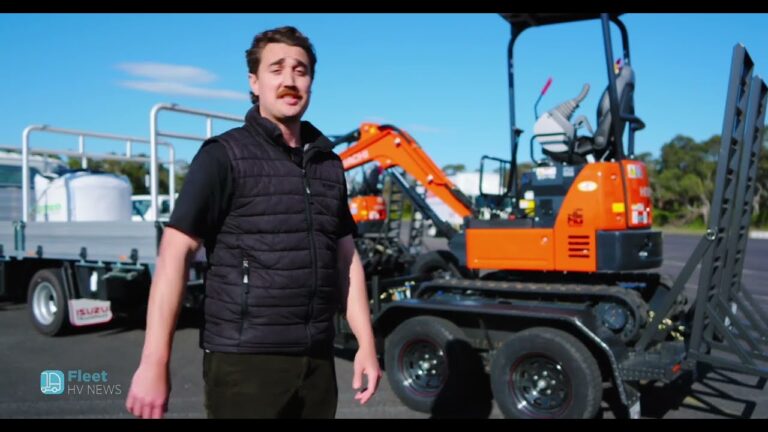When it comes to selecting a vehicle for carrying loads or towing trailers, the debate between a ute and a light truck is common. Both options have their advantages, but the best choice depends on your specific needs.
A dual-cab ute is versatile and familiar. With a Gross Vehicle Mass (GVM) of around 3-3.5 tons and a Gross Combined Mass (GCM) of roughly 6 tons, it can handle moderate loads. For instance, towing a 2.5-ton trailer while carrying several hundred kilograms in the tray is achievable but may push the ute to its limits. The driving experience under such conditions can feel strained, highlighting its limitations for heavy-duty applications.
In contrast, a light-duty truck offers significantly greater capacity and capability. Vehicles like the N Series truck, with a GVM of up to 4.5 tons and a GCM of 9 tons, are game changers. They can tow 4.5 tons while carrying a 1.7-ton payload in the tray—all achievable with a standard car license. The 5.2-litre engine handles heavy loads with ease, ensuring a less strained, more efficient drive.
While American trucks like the Ram 1500 or Silverado may offer towing capabilities comparable to light trucks, their payload capacity is notably lower, often maxing out at around 700 kg. Light trucks excel for those needing a robust, purpose-built work vehicle.
However, practicality matters. Utes are better suited for mixed-use, such as school runs or quick errands, offering a car-like driving position and comfort. Light trucks, though less comfortable with their solid axle suspension and bus-like driving position, shine in work-focused scenarios, offering excellent visibility and long-term efficiency.
Ultimately, the choice hinges on your daily tasks. For those prioritising payload and towing, a light truck might reduce trips and boost productivity, making it the better workhorse.






